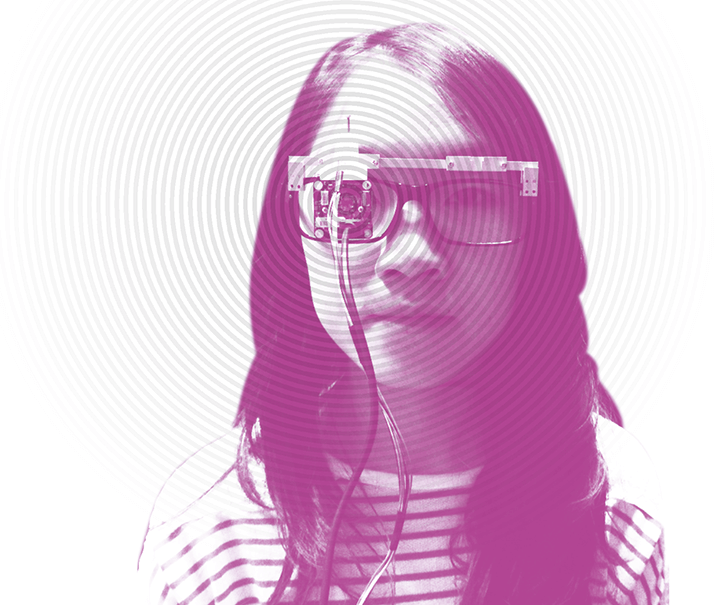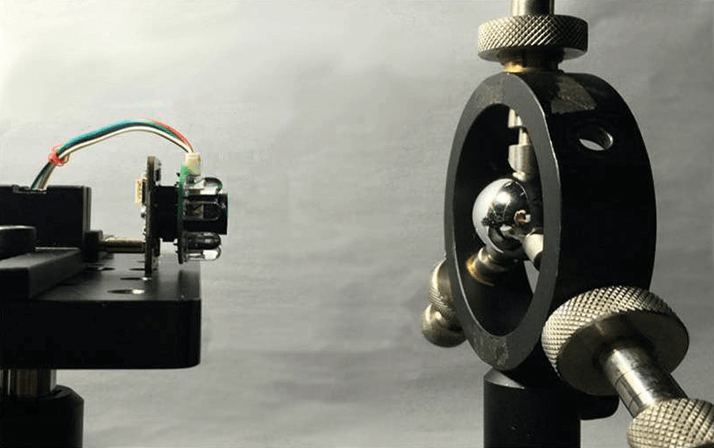
Typically, people are only diagnosed with diabetic autonomic neuropathy (DAN) once symptoms appear, but unfortunately by this point, moderate nerve damage and organ dysfunction has already occurred. Clearly, anything that can help provide an earlier diagnosis leads to improved outcomes. To that end, Taiwanese researchers have developed a wearable pupillometer (Figure 1) that can detect some of the earliest signs of DAN (1). Pupillary autonomic neuropathy (PAN) manifests itself as smaller horizontal pupillary diameters and impaired pupillary light reflexes (2, 3); detecting these defects predicts DAN, and should help give an earlier diagnosis.

The spectacle-mounted pupillometer uses four LEDs (white, red, green and blue) to stimulate a pupillary response and a built-in infrared camera for image acquisition. A number of helpful features were present: a beam splitter that filters visible light from infrared to reduce camera noise, an LED arrangement around the IR camera to eliminate light source artifacts (Figure 2), and an image processing system that compensates and adjusts for the effect of blinking. In tests, the device was mounted on a pair of glasses and worn by the patient for around 30 minutes. The pupillometer analyzed ten parameters relating to pupil diameter and response time, of which five were found to differ significantly in those with DAN relative to healthy controls:
- resting pupil-to-iris ratio in the dark room
- minimum pupil diameter after simulation with lighting
- restoration to 75% resting pupil diameter
- latency to constriction
- maximum pupil restoration velocity.
If you’re reminded of Google Glass as you read this, you’re not the only one. The study authors note that the 78-gram pupillometer is only “slightly heavier” than Google Glass (50 grams). However, the new pupillometer only runs a single app and is not yet ready for commercialization – the authors are aiming for this in 2020. In the meantime, Yuan Ou-Yang and his fellow researchers are hoping to improve the device by reducing its size and experimenting with ways to view both eyes simultaneously; they also want to collect more data from patients with diabetes.
References
- 1.M. Ko et al., “Design and Analysis of Wearable Pupillometer for Autonomic Neuropathy of Diabetic Patients”, Applied Optics, 29, H27–H34 (2014). doi: 10.1364/AO.53.000H27. D. Pittasch et al., “Pupil Signs of Sympathetic Autonomic Neuropathy in Patients with Type 1 Diabetes”, Diabetes Care, 25, 1545–1550 (2002). doi: 10.2337/diacare.25.9.1545. S. A. Smith and S. E. Smith, “Reduced Pupillary Light Reflexes in Diabetic Autonomic Neuropathy”, Diabetologia, 24, 330-332 (1983).
